You will weaken your ankles
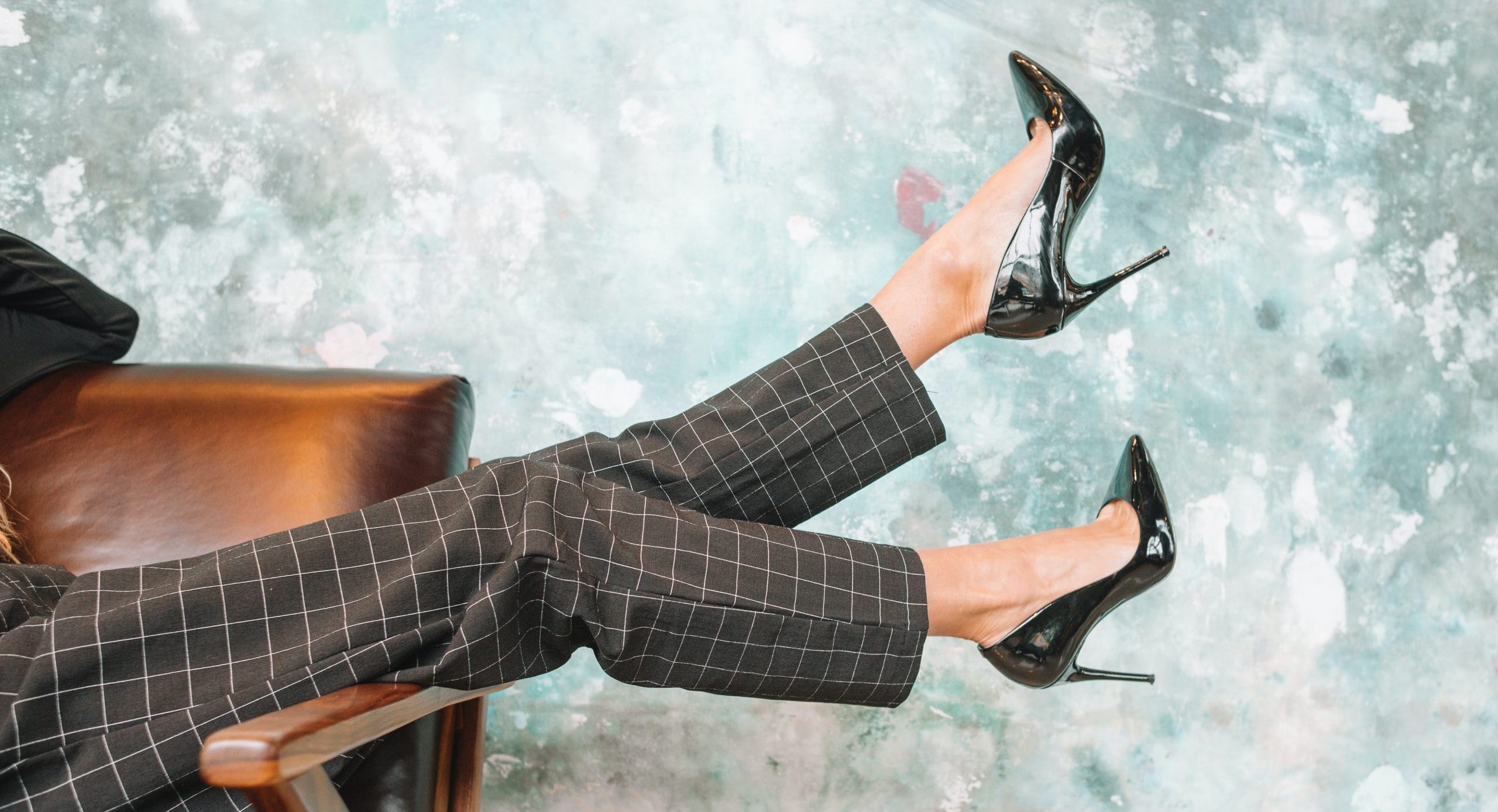
Due to how snugly most pairs of high heels fit, you might feel like your ankles are pretty stable whenever you wear them. Unfortunately, high heels have been known to affect both the strength and range of motion of your ankle joints. With continued wear, high heels encourage your ankles to use less power when propelling the foot forward, thus weakening the ankle muscles overall.
You could develop hammertoe
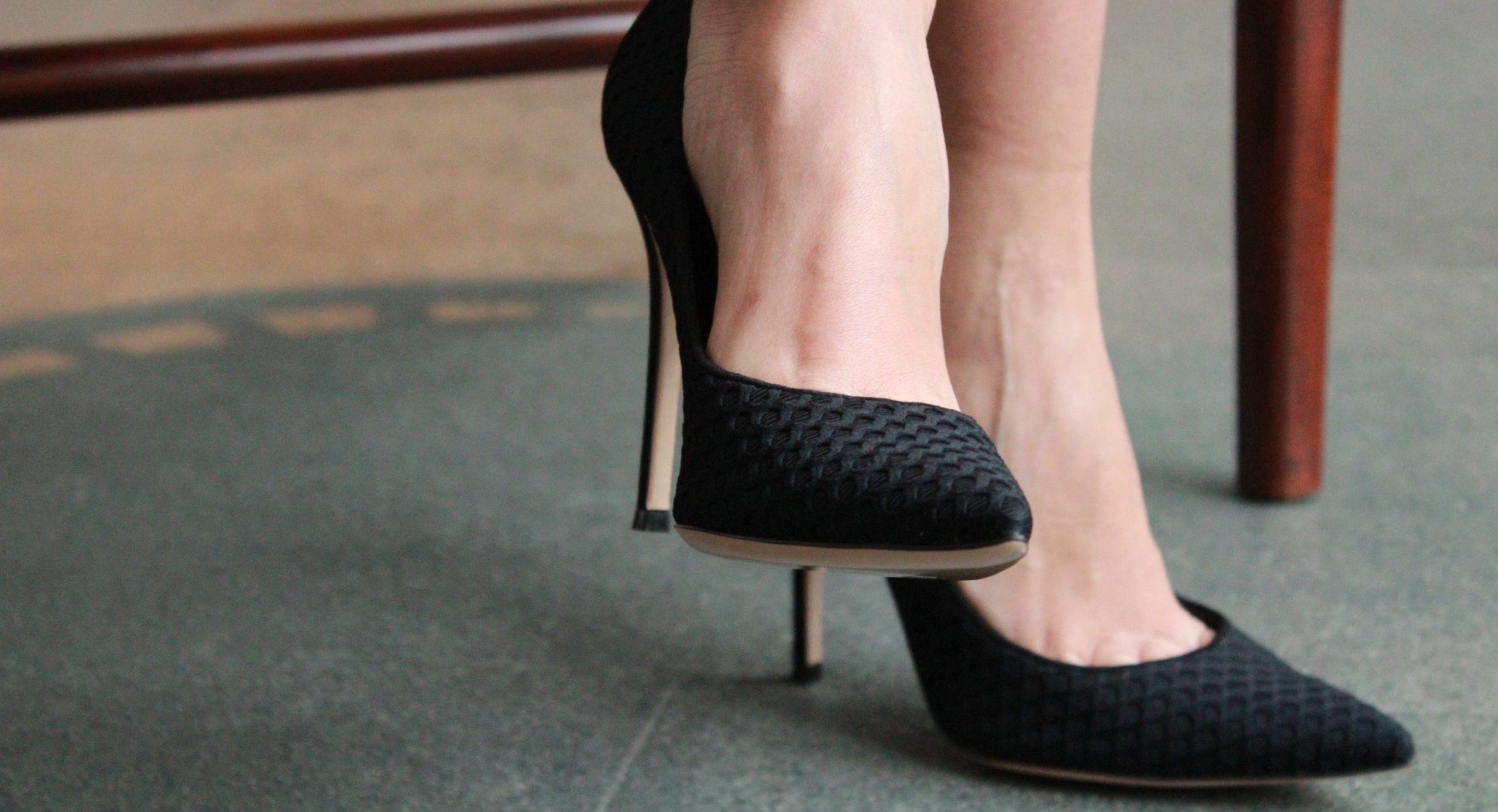
Many people wear high heels to appear more put together, confident or alluring, but for as much as they can make your outfit look better, they often have the opposite effect on your feet. Daily heel wearing is associated with hammertoe, a painful deformity in which the flexor tendons in the feet are overworked, causing a curling of the toes. Heels with small toe boxes can exacerbate this.
You will lose flexibility

One of the biggest unseen effects high heels can have is on your flexibility. When you wear high heels, your Achilles tendon is forced into a shortened position, and this shortening can become permanent over time, even when you take the shoes off. In addition, your hamstring and glutes can become less flexible and thus painful to use as a consequence of extensive high heel wearing.
You may be unable to wear flats

Wearing heels every day might have some aesthetic benefits, but it’s worth varying your footwear where you can, otherwise you might lose the option forever. Women who wear heels daily for years find that flats feel uncomfortable or even painful, due to the Achilles tendon suddenly needing to stretch and work after so long spent being underutilized.
You will become prone to ankle sprains
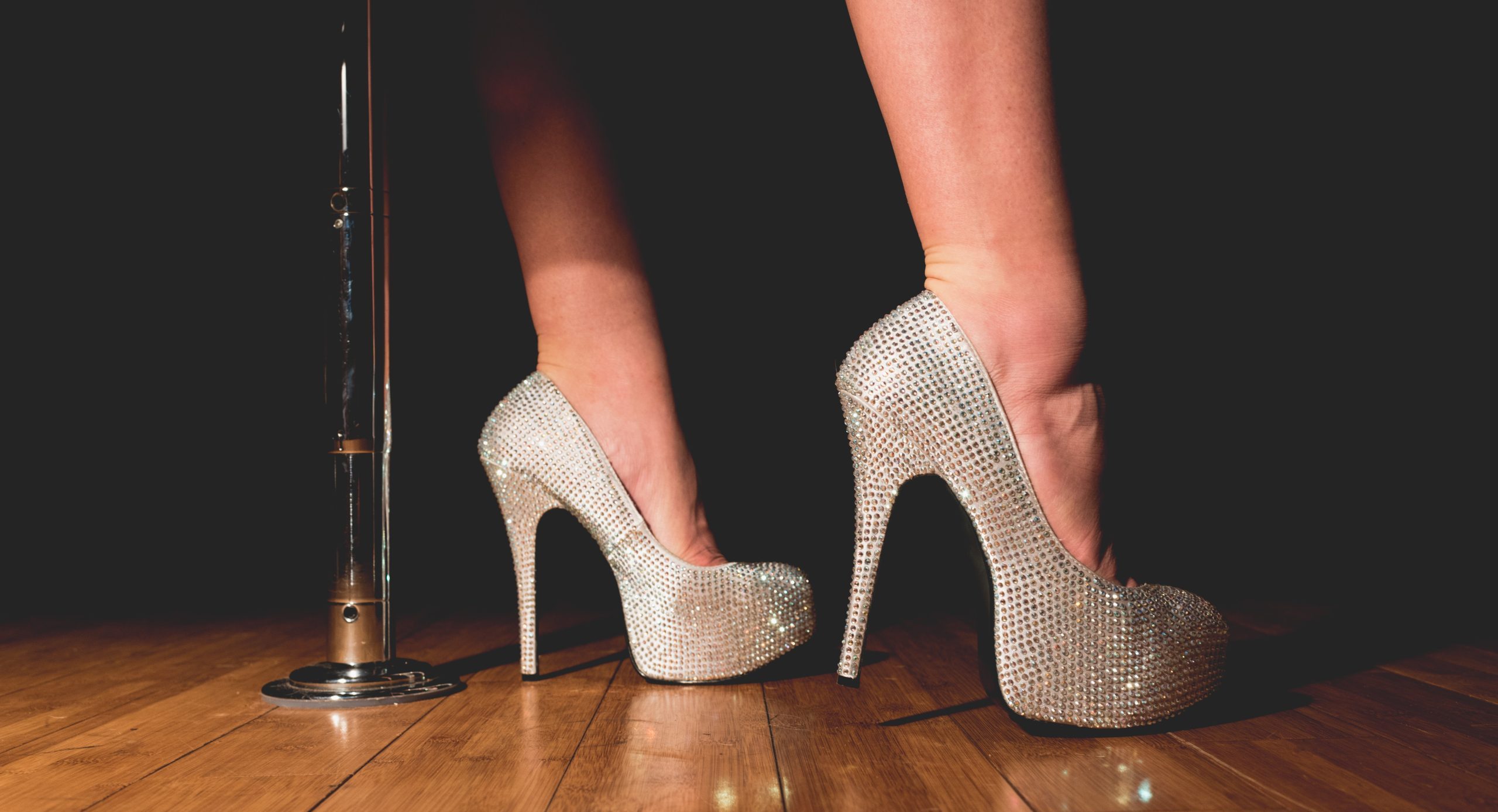
Everyone knows the risk of rolling an ankle and having to limp home, whether that’s due to a too-high pair of stilettos or just not being used to wearing heels period. However, what you might not know is that even experienced heel wearers are more prone to ankle sprains, due to the fact that the shoes themselves encourage the ankle muscles to weaken and destabilise.
You could get arthritis in your big toes
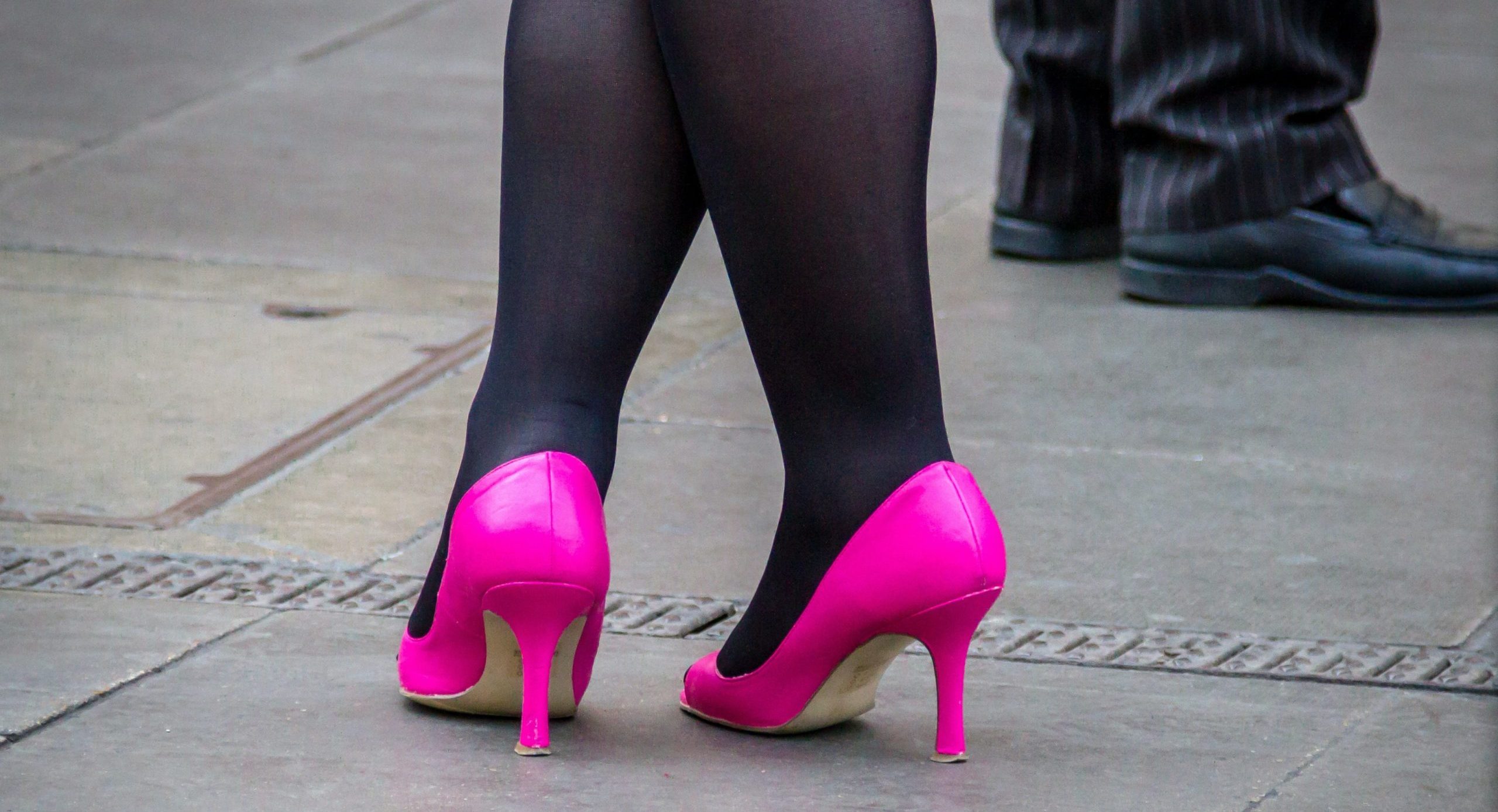
High heels encourage your weight to be more dramatically placed over the ball of your foot and, while this might not seem like that big of a deal, it can have a knock-on effect on your foot health. Not only does this positioning encourage bunions on your big toes, but it can also lead to cartilage loss and sometimes painful arthritis in your big toe joints.
You will develop knee pain
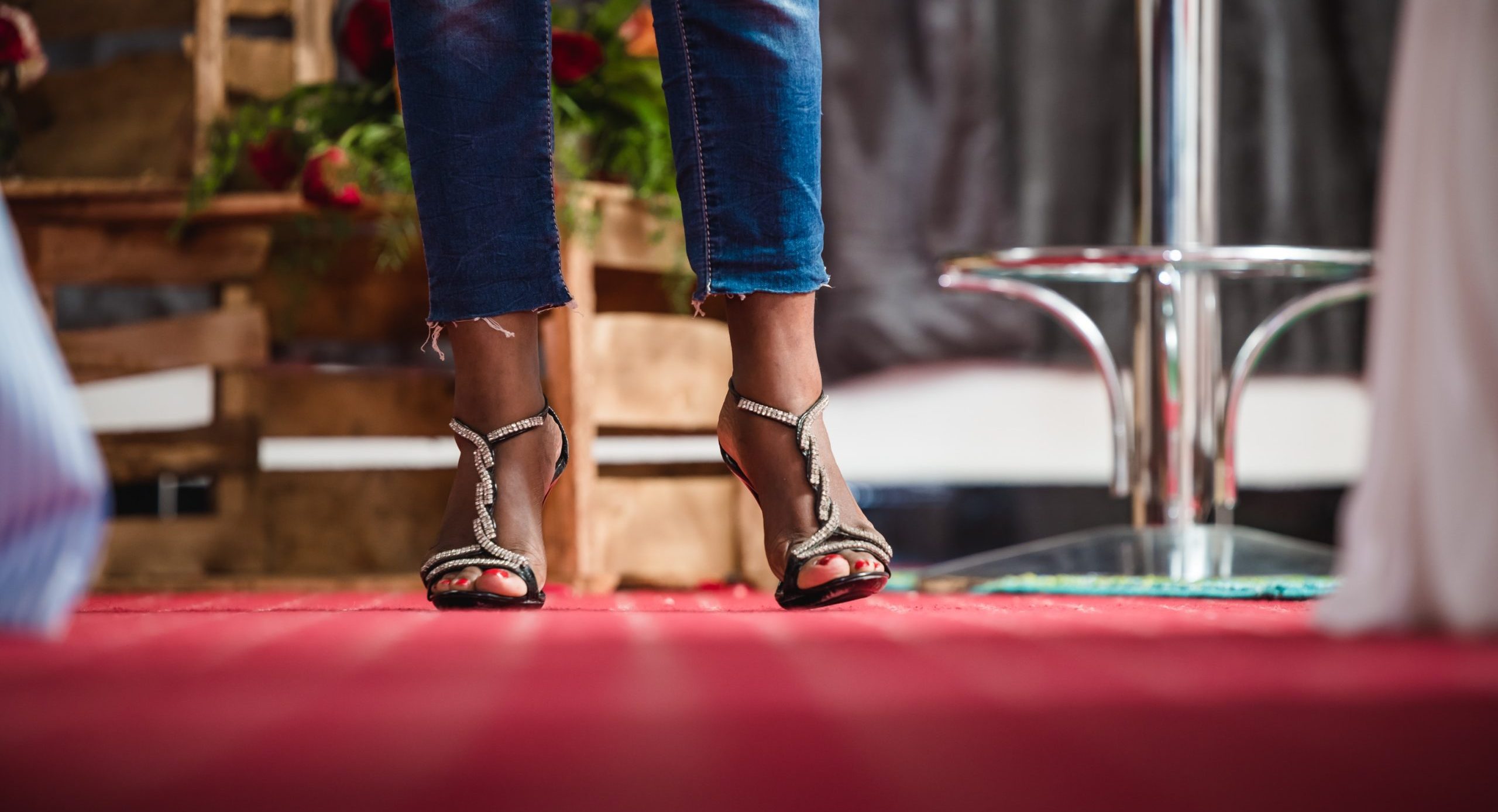
Knee osteoarthritis, otherwise known as wear-and-tear arthritis that affects the knee joint, is a painful condition that is far more common in women than it is in men. Scientists believe this is at least partly because women are more prone to wearing high heels, which can exacerbate or speed up the progress of this condition, leading to chronic knee stiffness and pain.
You may get more ingrown toenails
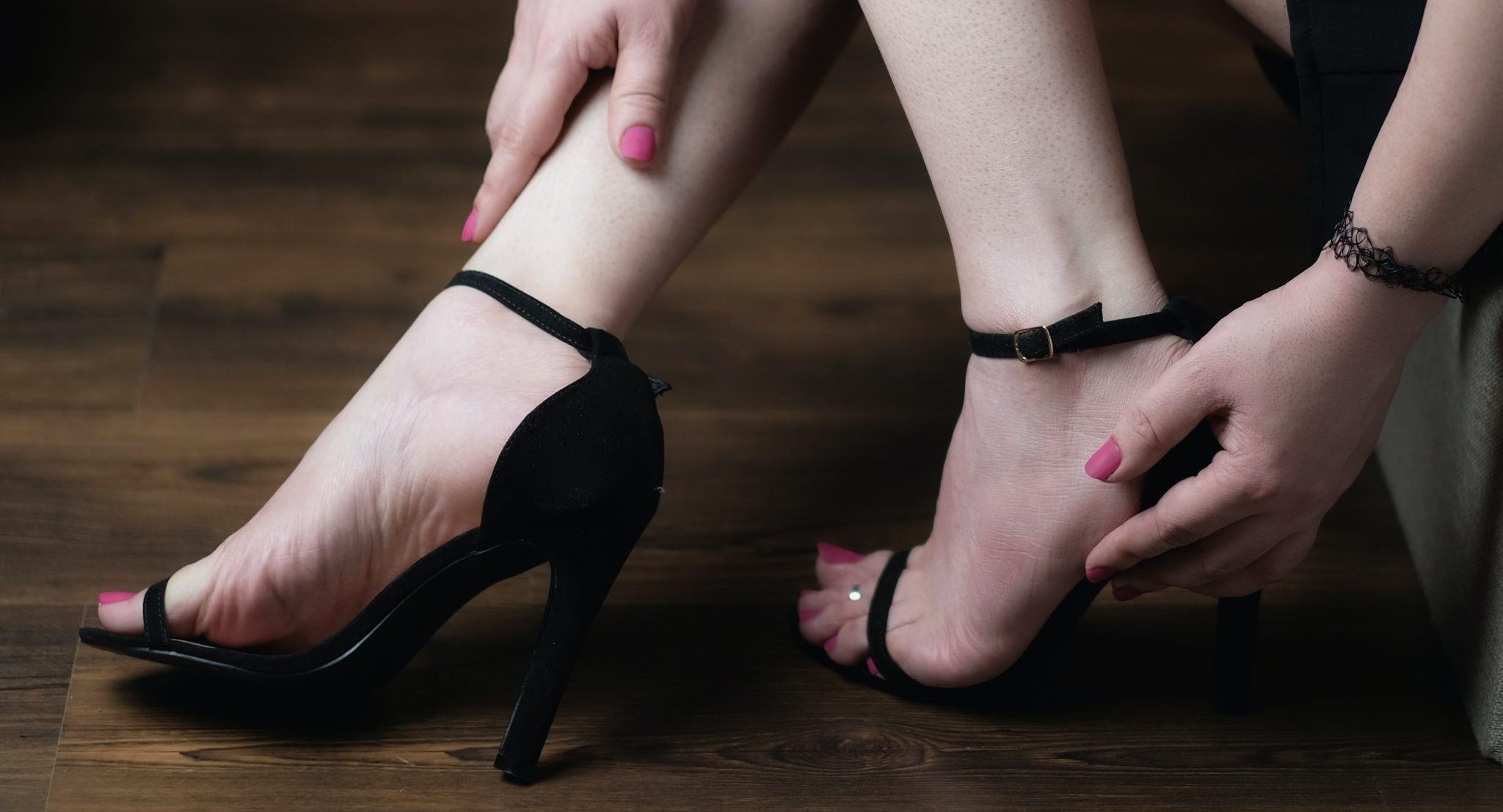
Nobody likes ingrown toenails, but if you’re fond of wearing heels more than a couple of times a week, you could be causing them to occur more often than they otherwise would. The tight toe boxes of high heels, in addition to the way they crunch your toes and place your weight forward over the balls of your feet, means that ingrown toenails are more likely to develop.
You will strain your knees
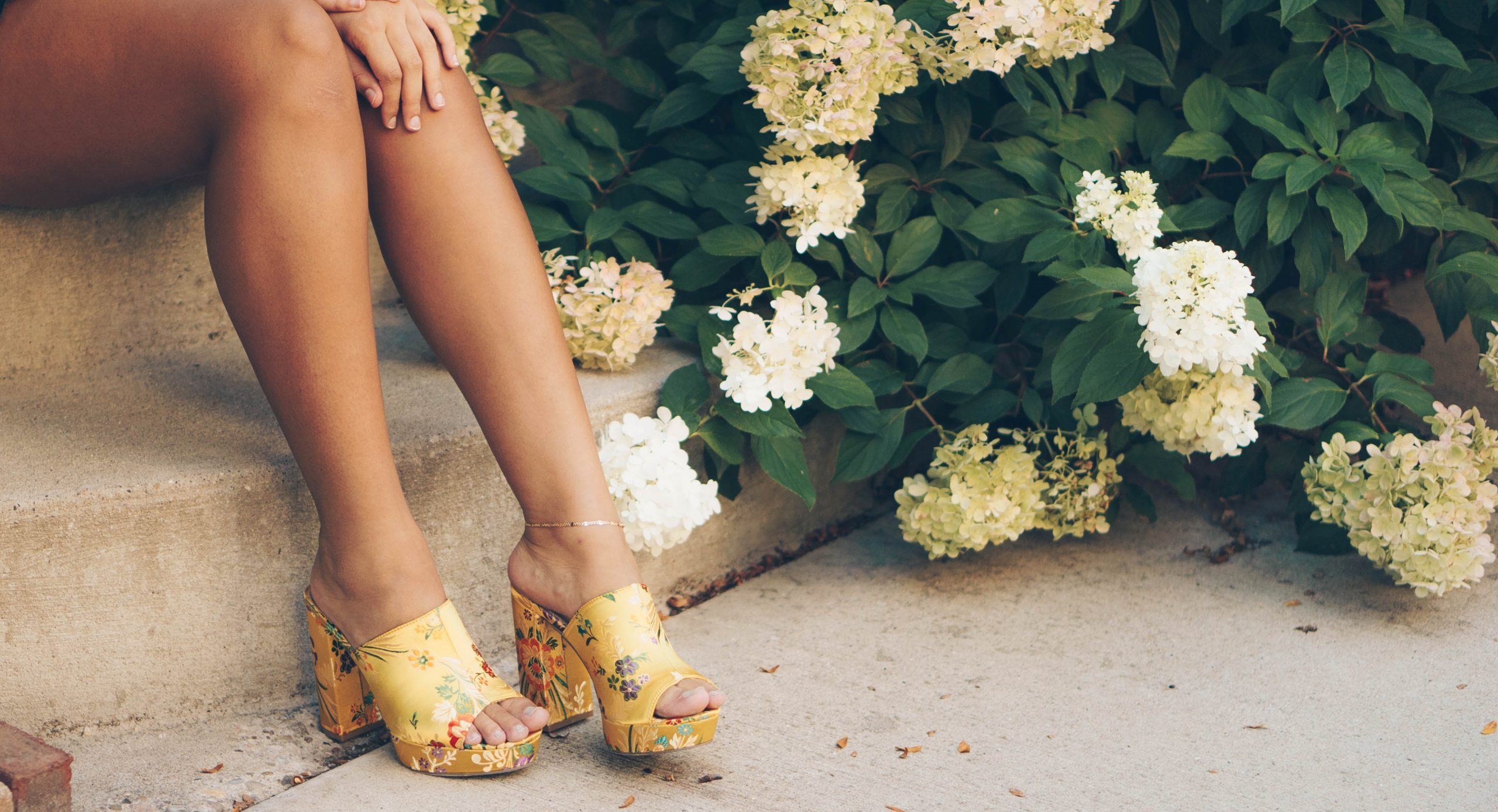
If you’ve noticed that your knees hurt after standing or walking for a couple of hours in heels, you’re not imagining it. High heels force your knees to spend more time in the flexed position, which your shin bones compensate for by turning inward. The result is a compression in the inner knee, which can lead to weakness and instability over time.
You may develop back problems

Your spine is pretty far from your feet, so you’d be forgiven for thinking that wearing high heels couldn’t possibly affect your back that much. In reality, wearing high heels can cause your spine to become misaligned, as your body compensates for the shifting of your weight that comes with wearing the shoes. The result is back pain and an increased risk of slipped discs.